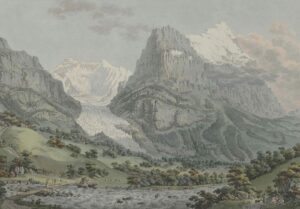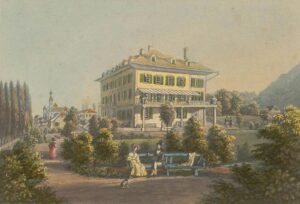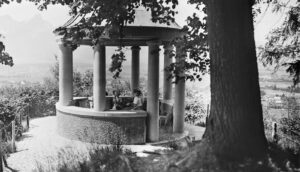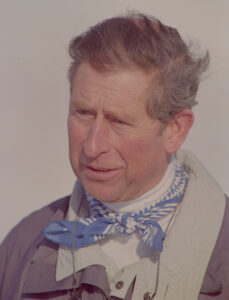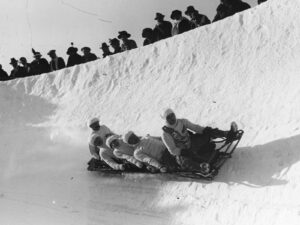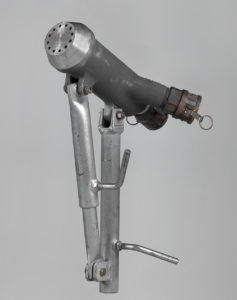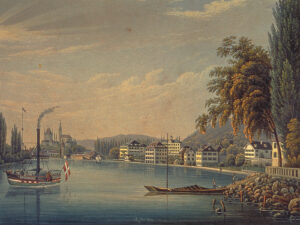
Showcasing the stunning views of Lake Thun
Tourism was developed in Switzerland in the 19th century through innovation and investment. This was mainly driven by private individuals who recognised the sector’s potential and wanted to tap into it. In the Thun region, these tourism pioneers included the Knechtenhofer family.
